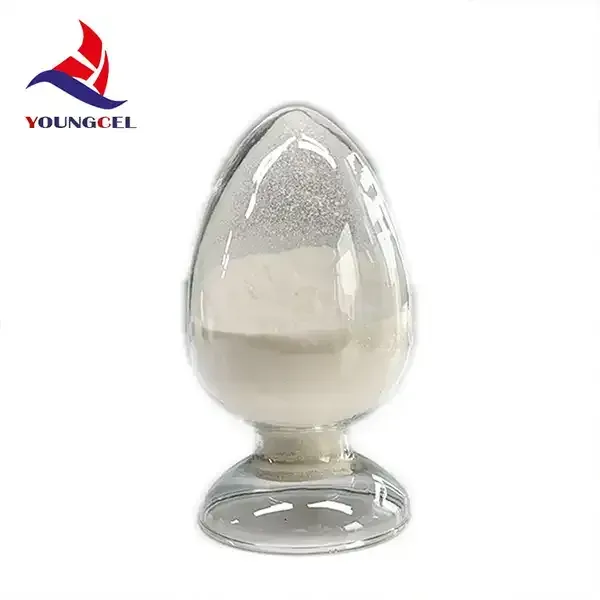HPMC An Overview of Methyl Cellulose and Its Applications
Hydroxypropyl methyl cellulose (HPMC) is a versatile cellulose ether derived from natural cellulose. It is a non-ionic, water-soluble polymer that offers a range of unique properties, making it an essential ingredient in various industries, including pharmaceuticals, food, construction, and cosmetics. This article aims to provide an overview of HPMC, focusing on its structure, properties, and applications.
Structure and Properties of HPMC
HPMC is synthesized by introducing hydroxypropyl groups and methyl groups to the cellulose backbone. This modification enhances its solubility in water and increases its thermal stability. The degree of substitution—determined by the number of hydroxypropyl and methyl groups attached to the cellulose—gangs significantly affect the properties of HPMC, including its viscosity, gelation, and film-forming capabilities.
One of the most notable characteristics of HPMC is its ability to form gels and films. When mixed with water, HPMC dissolves, producing a viscous solution that can further gel upon heating or cooling. This property makes it an excellent thickening agent, emulsifier, and stabilizer, which is highly valued in various formulations.
Applications in Pharmaceuticals
In the pharmaceutical industry, HPMC is extensively used as a binder in tablet formulations, providing the necessary cohesion to ensure tablet integrity. Its controlled-release properties make it a popular choice for designing extended-release dosage forms, allowing for a more consistent drug release profile over time.
HPMC is also employed as a viscosity modifier in liquid formulations, enhancing the stability of suspensions and emulsions. Additionally, its film-forming ability is utilized in coating tablets and capsules, protecting the active ingredients from degradation and providing a controlled release for oral medications.
hpmc methyl cellulos

Food Industry Uses
In the food industry, HPMC serves as a texture modifier and stabilizer. It is commonly found in gluten-free products to mimic the structure and elasticity provided by gluten in conventional baked goods. HPMC can improve the moisture retention of food products, enhancing their shelf life and texture.
Moreover, it acts as a thickening agent in sauces, dressings, and dairy products, contributing to an appealing mouthfeel. With its ability to form stable emulsions, HPMC is also utilized in products like mayonnaise and salad dressings, ensuring uniform distribution of ingredients.
Construction and Cosmetic Applications
Beyond pharmaceuticals and food, HPMC has gained popularity in the construction industry as a crucial component in dry-mix mortars and adhesives. It improves the workability and adhesion of construction materials, allowing for easier application and enhanced bonding strength.
In the cosmetic industry, HPMC is used as a thickener in various formulations, such as creams, lotions, and gels. Its compatibility with other ingredients, combined with its ability to retain moisture, makes it an ideal choice for enhancing the texture and performance of cosmetic products.
Conclusion
HPMC, or hydroxypropyl methyl cellulose, is a remarkable cellulose ether that plays a significant role across multiple industries due to its unique properties. Its versatility in applications, ranging from pharmaceuticals and food to construction and cosmetics, highlights the importance of HPMC in modern formulations. As research continues to unveil new potential uses and modifications of this compound, HPMC is likely to remain a critical ingredient for innovative and effective product development in the future.
-
Rdp Powder: Key Considerations for Wholesalers in the Building Materials IndustryNewsJul.08,2025
-
Key Considerations for Wholesalers: Navigating the World of Hpmc - Based ProductsNewsJul.08,2025
-
Hpmc Detergent: Key Considerations for WholesalersNewsJul.08,2025
-
Key Considerations for Wholesalers: China Hpmc For Tile Adhesive, Coating Additives, Concrete Additives, and MoreNewsJul.08,2025
-
Crucial Considerations for Wholesalers: Navigating the World of Construction MaterialsNewsJul.08,2025
-
Key Considerations for Wholesalers Sourcing Additive For Cement, Additive For Concrete, Additive For Putty from Additive Manufacturer Shijiazhuang Gaocheng District Yongfeng Cellulose Co., Ltd.NewsJul.08,2025




